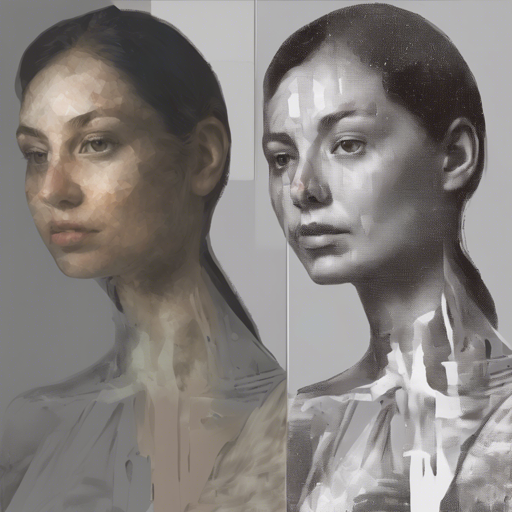Image inpainting is like magic for your pictures – it helps you fill in missing or damaged regions in an image. With the advent of advanced techniques like EdgeConnect, this process has become even more refined, providing superior results by leveraging edge information. In this guide, we’ll walk through how to set up and utilize EdgeConnect for generative image inpainting.
What is EdgeConnect?
EdgeConnect is a two-stage adversarial model designed for image inpainting that operates on a simple art principle: *lines first, color next*. It consists of an edge generator that predicts edges of missing regions in an image, followed by an image completion network that fills in those areas using the generated edges as context. Think of this process like painting a landscape: you first sketch the outlines (edges) and then fill in vibrant colors (details) within those outlines.
Prerequisites
- Python 3
- PyTorch 1.0
- NVIDIA GPU (with CUDA and cuDNN support)
Installation Steps
- Clone the EdgeConnect repository:
git clone https://github.com/knazeri/edge-connect.git cd edge-connect - Install PyTorch and required dependencies from pytorch.org.
- Install Python requirements:
pip install -r requirements.txt
Datasets
EdgeConnect works best with specific datasets. You can use:
Follow the dataset preparation by downloading them from the official links, and generate file lists using the provided scripts.
Getting Started
To leverage EdgeConnect:
- Download pre-trained models and place them in the
.checkpointsdirectory. - Alternatively, run a script to automate the download:
bash .scripts/download_model.sh
Training the Model
You’ll need a configuration file to train the EdgeConnect model. This includes specifying the model setup, such as the dataset you’re using and the number of epochs. The training involves three stages:
- Training the edge model
- Training the inpaint model
- Training the joint model
Run the following command to train the model:
python train.py --model [stage] --checkpoints [path to checkpoints]Testing the Model
To test your trained model, ensure you have a configuration file and input images with their corresponding masks. Use the command:
python test.py --model [stage] --checkpoints [path to checkpoints] --input [input directory] --mask [masks directory] --output [output directory]Troubleshooting
- If your model fails to train properly, check your dataset paths and ensure all required data is present.
- Ensure that your GPU drivers and CUDA are correctly installed if you encounter compatibility issues.
- For missing dependencies, refer to the required libraries in the installation section and check PyTorch’s compatibility with your system.
- Consult the log outputs for specific error messages and adjust configurations as needed.
For more insights, updates, or to collaborate on AI development projects, stay connected with fxis.ai.
Conclusion
EdgeConnect represents a significant leap in image inpainting technology by utilizing edge information to create more accurate and detailed reconstructions. With this guide, you should be well-equipped to set up and use EdgeConnect for your image inpainting needs.
At fxis.ai, we believe that such advancements are crucial for the future of AI, as they enable more comprehensive and effective solutions. Our team is continually exploring new methodologies to push the envelope in artificial intelligence, ensuring that our clients benefit from the latest technological innovations.

